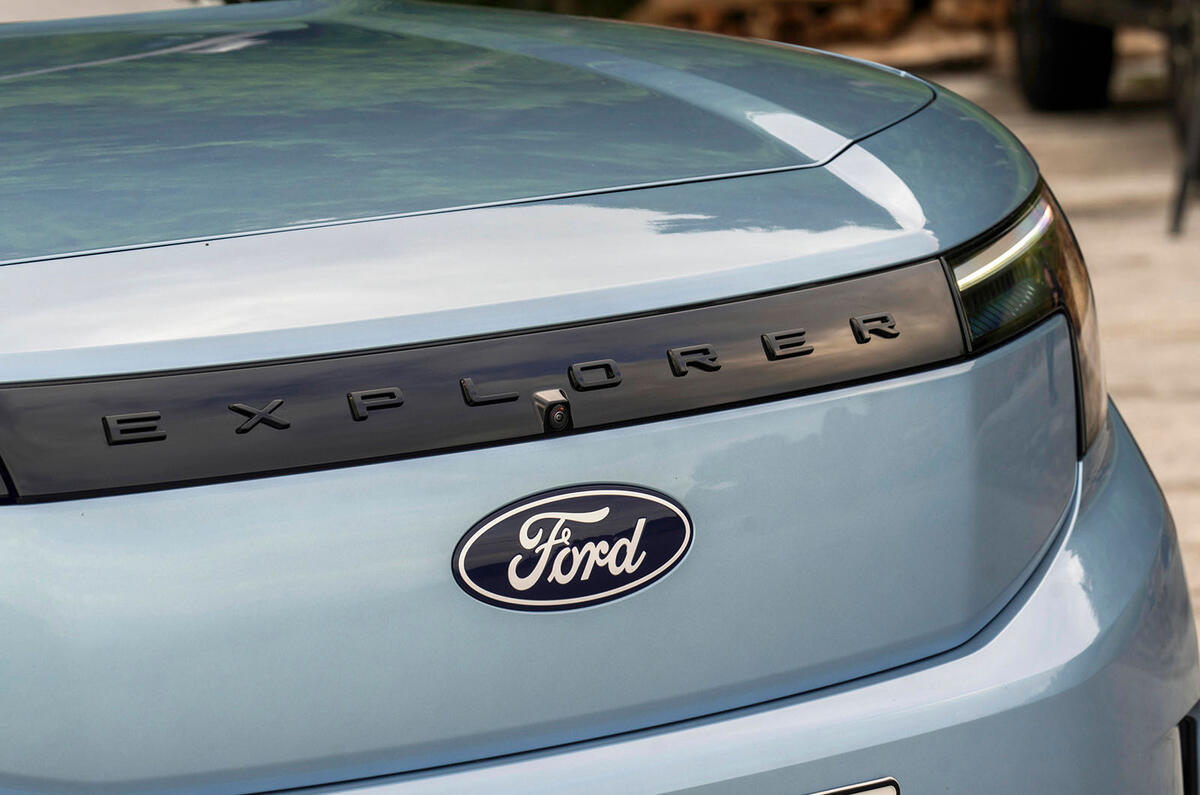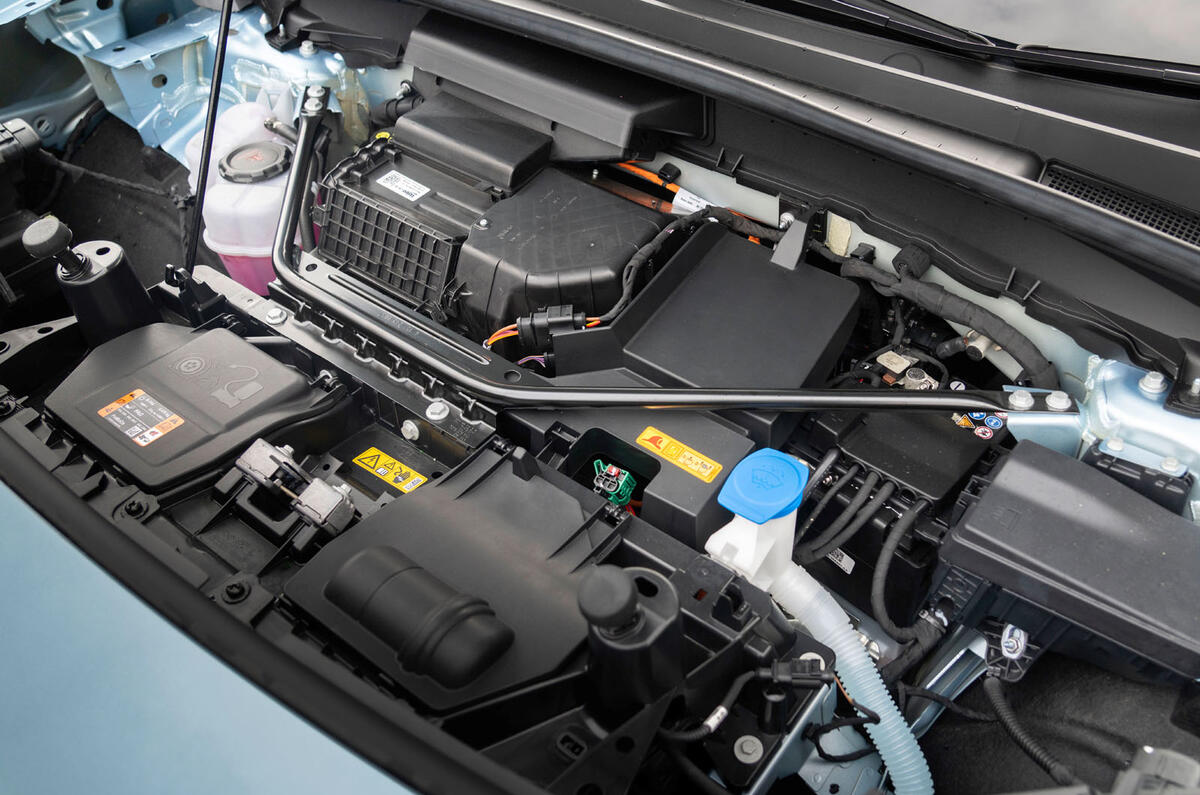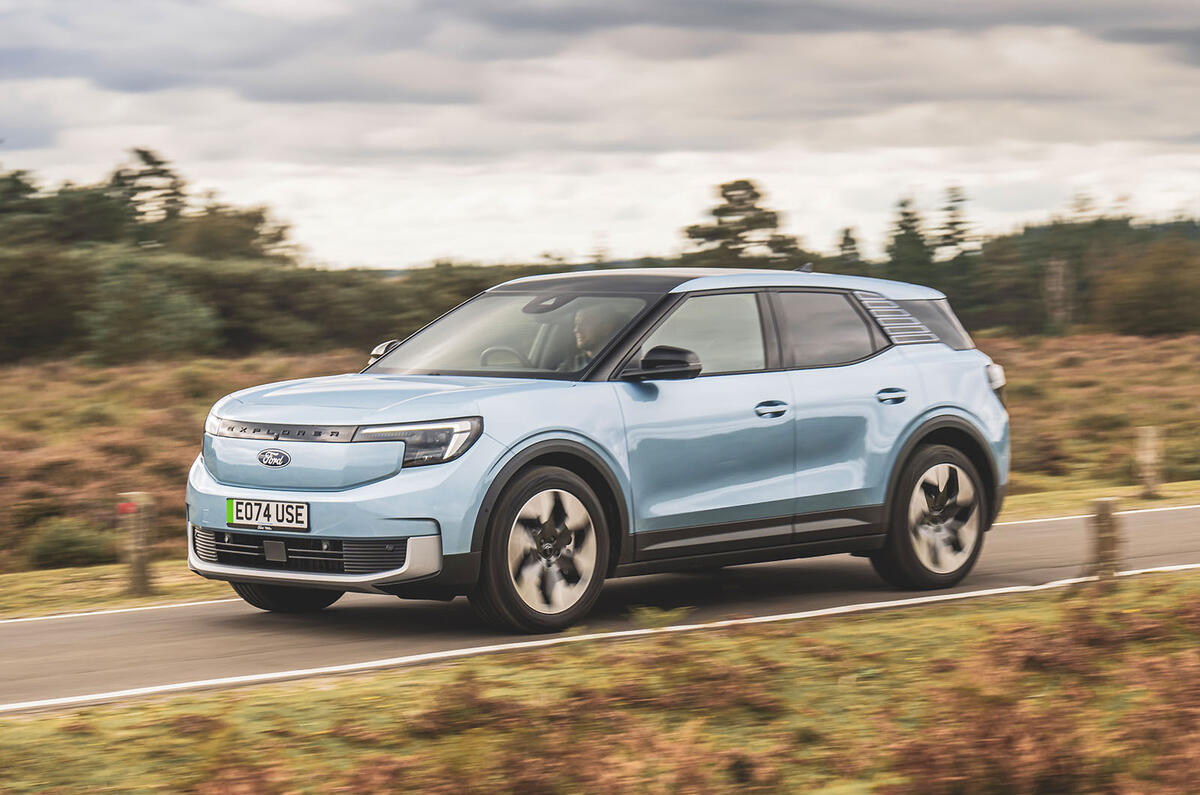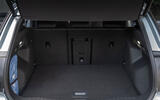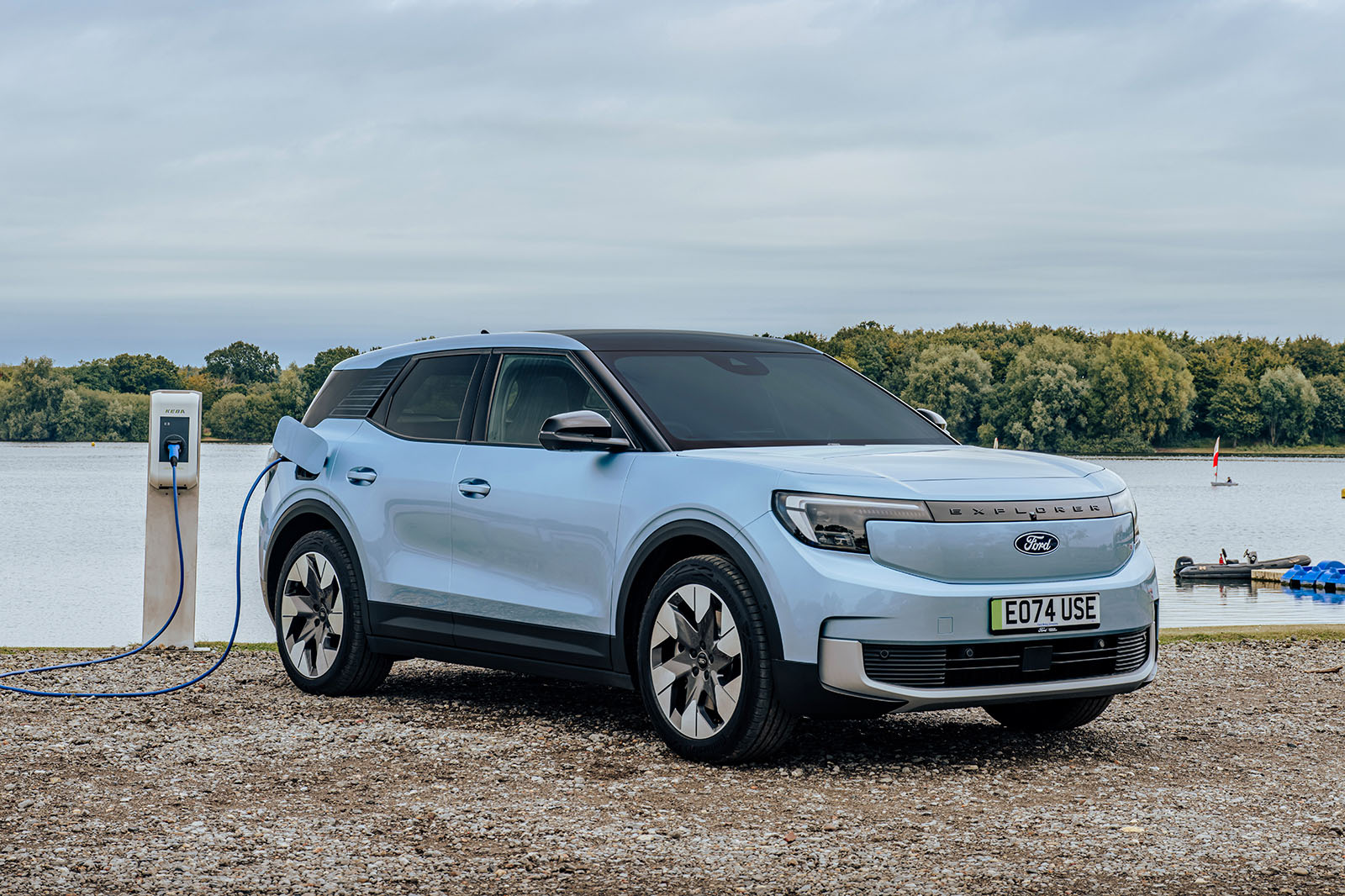Welcome to the first real harbinger of modern Ford: the all-electric new Ford Explorer.
The reimagining of the company as it jerks towards widespread electrification has been swift and, at least in Europe, fairly brutal. The Fiesta, a perennial favourite in the UK, is no longer being built at all, and the final Focus is set to leave the Saarlouis plant in November 2025. These high-volume, low-margin cars will be replaced by crossovers such as the Puma and the subject of this road test: the new Explorer.
So the mainstream, mass-market family Ford now takes the form of a £40,000-plus electric crossover, and one whose core attributes have been defined not in Dunton or Cologne but in Wolfsburg. Underneath, the Explorer sits on Volkswagen’s MEB platform – the tangible result of a technology-sharing deal finalised in 2020 and one that, Ford says, shaved two years off the development time of this latest model. Handy when you’re scrambling to compete in a crowded, growing segment but have been notably slow off the mark in developing a suitable product.
It’s perhaps unsurprising that the MEB is therefore a transitional tool for Ford. It makes possible the Explorer and its slope-roofed Ford Capri sibling but will make way for proprietary Blue Oval hardware thereafter. To us this seems a bold strategy, even if in economic terms Ford has little choice but to go down such a path. The appeal of Ford cars has always been in their balance of affordability and likeability, much of the latter deriving from carefully honed dynamics and a quietly satisfying driving experience, no matter the spec or engine size.




